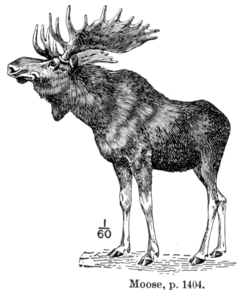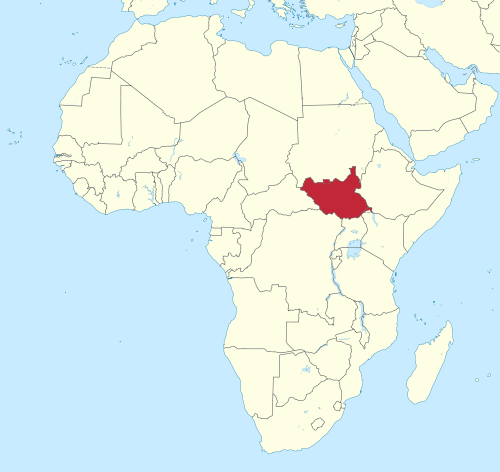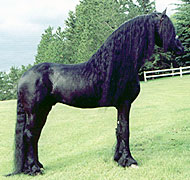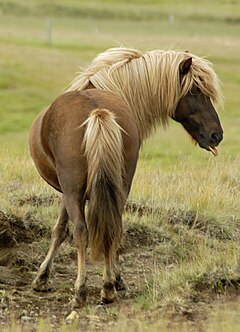We live in an age of abundant information and superabundant misinformation. When it comes to paleontology, public misinformation is rampant. As always, I blame the media. As much as I loved (was obsessed with) Jurassic Park, I admit that it increased public misconception of dinosaurs by roughly a bagillion percent.* Not that JP is solely responsible for this plethora of inaccuracies, it’s just the easiest target. So let’s tackle the myths, shall we?
1.) Velociraptor: Nary a dino is as misunderstood as the Velociraptor, darling of the silver screen. Jurassic Park (both the film and the book) painted them as tall as a person, as fast as a cheetah, and as smart as an ape. Personally, I prefer this version, but it is wrong. Sad day. In reality, they were small, about 2.5ft tall and 6ft long, and not nearly as fast or as smart as popularly portrayed. Fiction needed embellishment, because cute little feathered animals are less threatening than the monsters in the film. That said, Jurassic Park unknowingly portrayed an older cousin of the Velociraptor, Utahraptor. Now these babies could mess a person up! Unfortunately, Utahraptor was discovered after filming had already started. Supposedly, when Robert Bakker, one of the paleontologists helping with the film, was told of the discovery, he said “You’ve found Spielberg’s raptor!” On a side note, the discoverers wanted to name the species "Utahraptor spielbergi" in exchange for funding, but no plan was agreed upon, and so they went with Utahraptor ostrommaysorum. On another note, both Velociraptor and Utahraptor lived during the Cretaceous period, not the Jurassic period. But Cretaceous Park doesn’t have the same ring to it.

<
2.) Brontosaurus: Can we let this creature rest in peace already? C’mon! Brontosaurus was “discovered” in 1879 by dino hunter Othniel Charles Marsh. It was later decided that the original Brontosaurus skeleton was actually a misidentified Apatosaurus. Since Apatosaurus was named earlier, in 1877, it won the contest of names. Brontosaurus has gone the way of Pluto. But, Robert Bakker, of aforementioned fame, still maintains that they are two separate dinosaurs.
3.) Tail Dragging: Even today, popular depictions of dinosaurs show them dragging their tails along the ground. This harkens back to the Victorian idea that dinosaurs were lumbering, cold-blooded brutes. This idea was challenged during the mid-twentieth century by (drum roll please) Robert Bakker and John Ostrom. This period of renewed interest became known as the Dinosaur Renaissance, and it transformed the way we view dinosaurs. The warm-blooded, active dinosaurs that we know today used their tails as weapons and counterbalances. Tails were not dead weight; they were necessary for proper motion and balance. So, next time you see a children’s book that shows a “Brontosaurus” dragging its tail along the ground, know that it is full of lies and is poisoning the minds of future generations.


4.) Dilophosaurus: Here is another victim of Hollywood. There is no fossil evidence to suggest the Dilophosaurus spat venom or had fanlike frills on the side of its head. It was bigger too (about 20ft long). On a positive note, it did live during the Jurassic period.
5.) T-Rex Sight: Surprise! Tyrannosaurus Rex actually can see you if you stand still! Keep that in mind if you find yourself in the late Cretaceous. The “can’t see us if we don’t move” idea was completely made up by author Michael Crichton.
6.) Pterosaurs and Plesiosaurs: This news may hit you hard, but Pterodactyls were not dinosaurs. Nether were Plesiosaurs. They both lived during the same time as dinosaurs, but technically, the term “dinosaur” only applies to land dwellers. So, if it swims or flies, a dinosaur it is not.
I hope I didn’t ruin too many childhood memories, but if I did, I regret nothing. Until next time, kisses and huggles!
*May be a slight exaggeration.



























